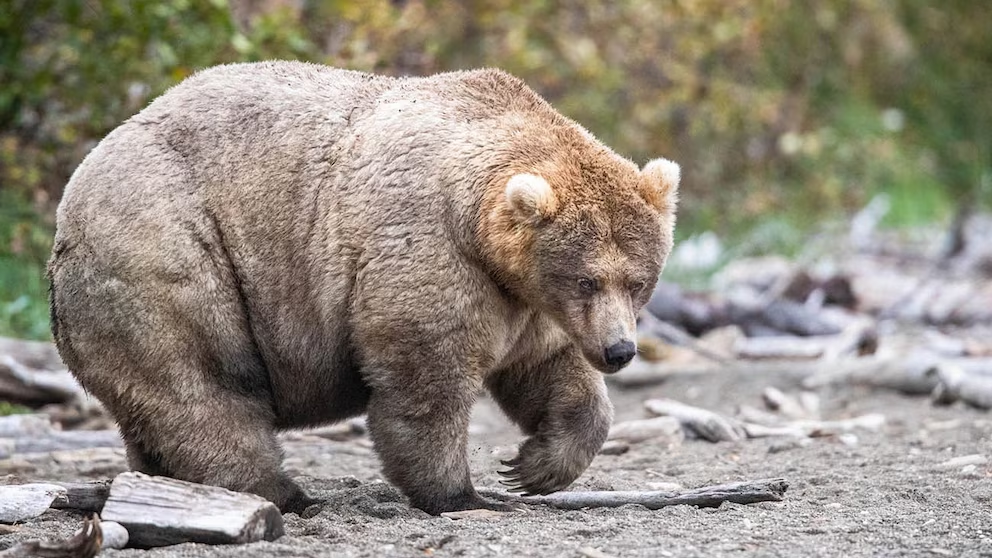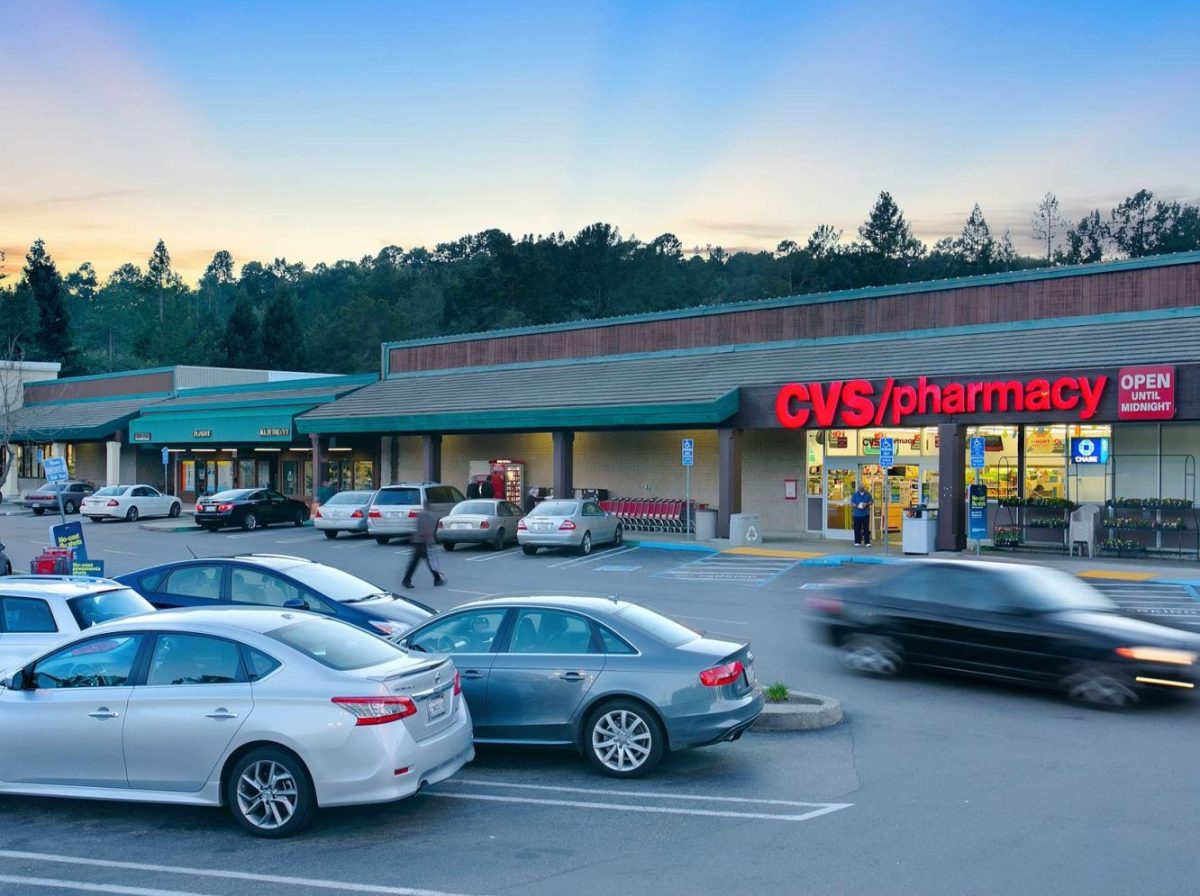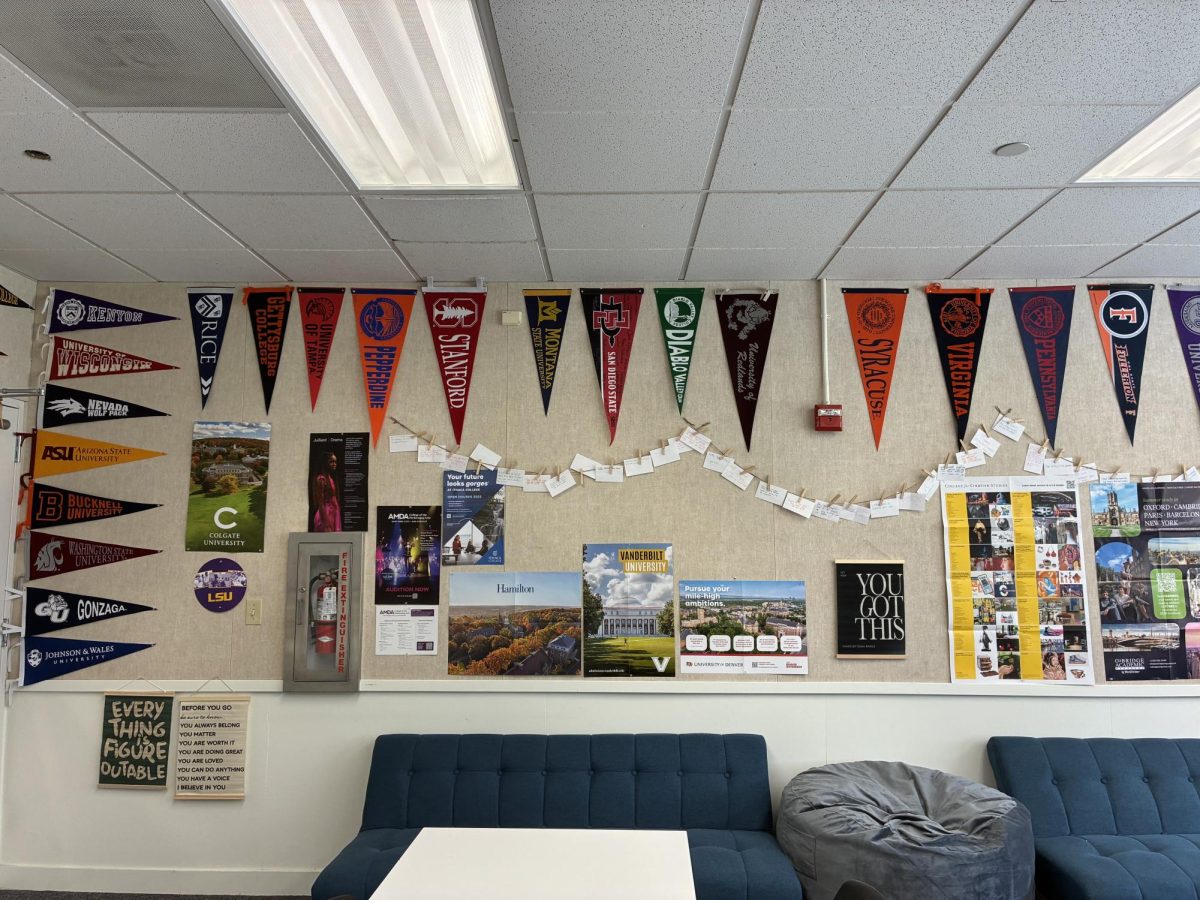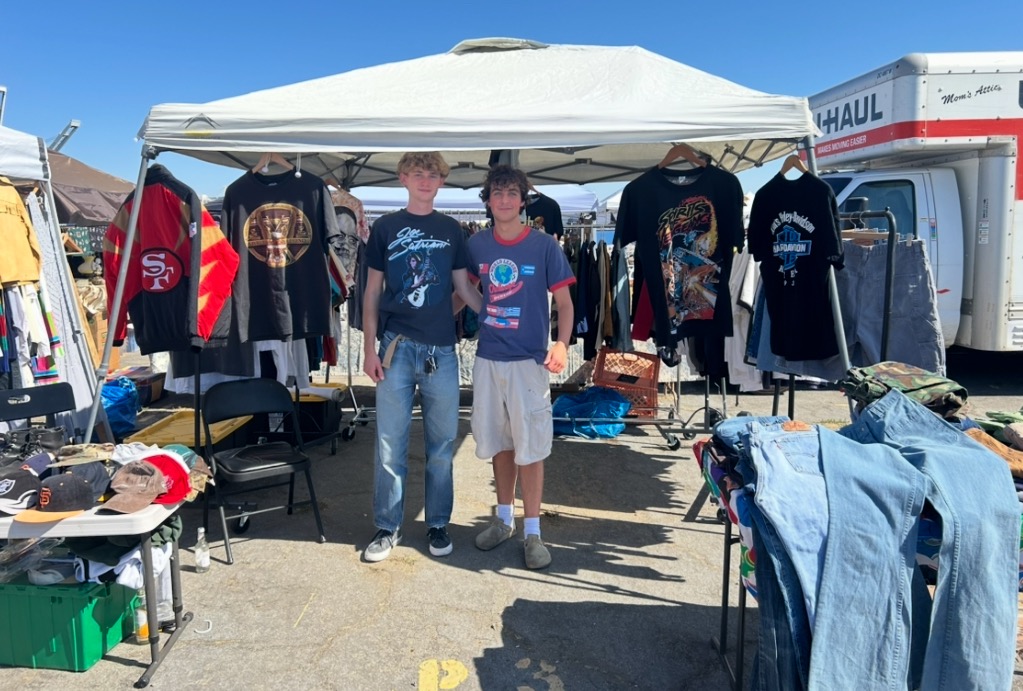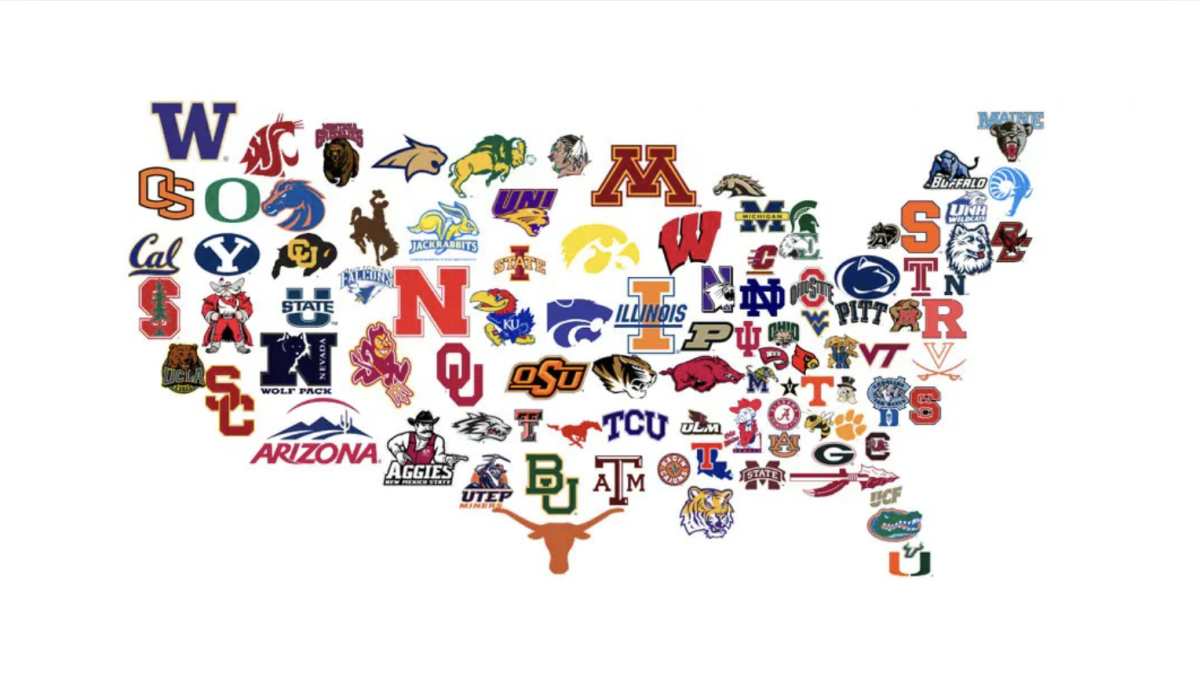Katmai National Park was founded in Katmai, an area declared a national monument in 1918 after the Novarupta-Katmai eruption. Today, the Katmai rangers offer year-round tours to see inland brown bears in their natural habitats. Their main mission, besides studying volcanic activity around the Valley of Ten Thousand Smokes, is to strengthen and preserve habitats for salmon, trout, and bears in the area. Among those species, the most prominent one is the Alaskan brown bear.
Fat Bear Week was originally founded in 2014 by park ranger Mike Fitz. He wanted to emphasize the extreme changes the brown bear goes through annually, specifically its change in weight. According to the National Park Service website, over 1 million people from around the globe take an interest in Fat Bear Week. This year, bear number 32, nicknamed Chunk, won at a whopping 1,200 pounds.
On the website, participants not only get to vote for their favorite bear with various photos, but also learn about their background, including information on past injuries, ecosystem status, age, and gender. The event is a fun and interactive way of helping people learn more about Alaskan wildlife. Through this way of wildlife conservation, Katmai National Park’s mission has been continued by a new generation of people and has promoted a newfound appreciation for nature. “I donate money to conservation groups from around the area. I believe funding groups, especially those from our area, can create better environments for both animals and humans,” junior Mason Crisologo said. “I believe that events like Fat Bear Week are a great way to promote conservation, as they are fun and lighthearted ways of fostering excitement toward animals while exposing the wider public to the beauty of nature and everything that it has to offer.”
But why is their weight the most discussed subject? Throughout the summer, brown bears in these areas tend to focus on gaining weight for their annual hibernation. However, due to climate change and rising temperatures, the bears are not getting the correct amount of fat they need. In fact, National Habitat Adventures, a travel company focused on responsible tourism, pinpointed one of the reasons inland brown bears are not receiving enough sustenance. As global temperatures rise, spring in Alaska arrives a lot sooner, causing the elderberries to ripen faster. These berries, although they do provide sufficient protein, do not cover the amount of fats an average bear needs.
Besides global warming, there are a plethora of other human causes of natural resource depletion for Alaskan wildlife. “Another problem they face is the decline in salmon runs due to anthropogenic impacts, such as the construction of dams and increased sediment runoff in ecosystems,” AP Environmental Science teacher Jyllian Smith said.
New infrastructure and other human-induced circumstances cause significant effects on the bear population. For example, according to the Anchorage Daily News, at least 186 bears have been illegally killed for their fur. The problem has been addressed before in 2010 at the Scandinavian Bear Conference, where officials in the Alaska Department of Fish and Game discussed inland brown bear hunting on Kodiak Island. Through the bears, the park hopes to emphasize these issues and gather more support against poaching in habitats like the Katmai area.
Katmai National Park’s mission to spread wildlife awareness is part of a larger effort to save our ecosystems. From the comfort of their home, anyone could contribute to protecting and maintaining these habitats by switching to another search engine or redoing their backyard. While national parks such as Katmai, Denali, and Badlands cover the geosphere, organizations like Ocean Hero protect the other 94% of the planet.
Ocean Hero built a search engine with minimal ads; the revenue received from those ads is then used to recover plastic water bottles. On average, five searches on the engine can recover one water bottle. Not only is Ocean Hero cleaning up our shores, but they are also improving living conditions for countries like Haiti, the Philippines, and Indonesia.
There are endless opportunities to improve our planet and make room for our wildlife, even in your own backyard! The National Wildlife Federation created a way to transform a workplace or home into a haven for plants native to the area. By taking a 5-minute quiz and getting a certification, people can extend their homes to the wildlife in need.
The damage the anthrosphere has caused on Earth is the first to directly affect all other spheres, specifically our atmosphere and hydrosphere. But with organizations and activities like Fat Bear Week, people have an easy way to not only help reverse those damages but also learn more about these issues and help prevent them.

